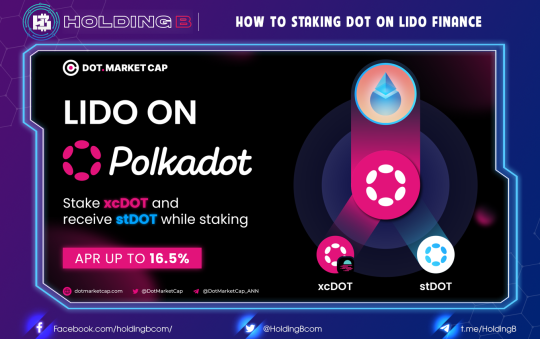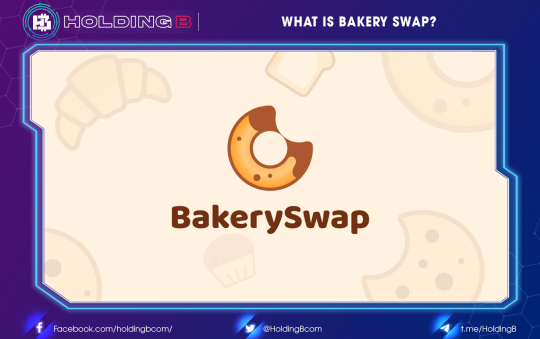Vote escrowed tokens (VeTKN) are fast becoming a popular economic model for earning double the reward while securing more voting rights in decentralized finance (DeFi), according to Juan Pellicer, a research analyst at blockchain intelligence firm IntoTheBlock.
Started by decentralized exchange (Dex) Curve Finance, the model, or VeNomics, has given rise to the so-called “Curve wars”. The model secures investor funds and voting rights by locking the money away in token form for a period of up to four years.
Typically, it is CRV, Curve’s governance token, that is locked, and then converted into veCRV – the vote escrowed token. And because Curve Finance is a community-led stablecoin trading platform, only the holders of CRV get to make the on-chain decisions.
By locking their tokens, holders gain the right to vote on those decisions – meaning the longer CRV is locked, the more voting power holders have. The veCRV is used to earn trading fees, vote in governance, increase governance rewards as well as receive airdrops.
Curve Finance efficiency
DeFi protocols that issue stablecoins have been competing to get voting power within Curve’s ecosystem, now boasting $23.42 billion in total value locked (TVL) – basically the total sum of assets currently managed under the protocol.
Pellicer said the main reason for this is that the technology used by Curve Finance is a lot more efficient, limiting slippage when swapping between stablecoins, which in turn makes transactions cheaper.
“Being able to redirect CRV token emissions towards a pool means that liquidity providers of such pools will receive greater rewards and thus attract more liquidity,” he explains in a blog post published Jan.12.
“Arguably, the biggest innovation they [Curve] introduced is that vote weights and share of rewards are proportional to timelock. This means that those that lock the protocol token for more time will accrue greater rewards, with up to 2.5x rewards boost for those locking for a maximum of 4 years,” he added.
Pellicer, a systems engineer, argues that lock-based voting power works better compared to the existing situation in decentralized finance where one token is equal to one vote. Voting power that comes from vested tokens allows voting periodically where the tokens emissions will be directed. He states:
Time locking of a token shows long-term commitment from the holders. In addition, the circulating supply and thus the potential sales pressure over the main token decreases.
Curve Wars is intensified when protocols seek control
For those DeFi protocols such as 3pool or Frax with weighted allocations from the Curve liquidity pools, “stake rewards do not come from token issuance, but from the generated trading fees”.
Curve directs the issuance of tokens to the liquidity provider (LP), instead. The protocol charges a swap fee of 0.04%, says Pellicer, half of which is shared between LPs and the other 50% is channeled to veCRV holders “by buying the liquidity provider token [say] from 3pool”.
“[This] is an attractive incentive for users to lock their tokens,” Pellicer said, referring to the more than $ 45 million in trade fees generated by Curve as of January 11, divided in half by the holders of veCRV.
Now that various DeFi protocols are vying to gain control of Curve by accumulating CRV tokens that later turn into veCRV, many have begun offering CRV holders a lucrative return on investment.
For example, the return aggregator Convex Finance, which accounts for 47% of veCRV’s total circulating supply, offered an annual percentage rate (APR) of 48.43% on deposited CRV at the time of writing. This is several times larger than the APR offered by competing protocols (Binance Staking – 13%).
“Understanding these power games helps explain the so-called ‘Curve wars’, where a protocol such as Convex Finance allows users to deposit Curve’s liquidity provider tokens that will be maximally locked by Convex,” Pellicer explained.
“In this way, Curve’s liquidity providers earn extra CVX [Convex token] rewards without having to lock their tokens in Curve. Locking CVX allows greater voice power when deciding how the platform’s veCRV should be allocated, and thus to which curve pools CRV emissions will be redirected “, he said.
Pellicer expects that “a similar mechanism will play out” on Convex, which recently consolidated Frax Finance in its minutes. “Using CVX will be stimulated as long as it is cheaper than directly providing liquidity on pools,” he said.
Protocol will use the bribes on Votium (which allows anyone to create a bribe for CVX-locked holders for a specific pool) to redirect rewards to their pools, currently giving ~ 0.60 $ in rewards for each spent $ 1. “
Deposited voting tokens gain traction
Aside from Curve Finance and Frax Finance, both credited as pioneers in the multibillion-dollar defi-economy voice economic model, a growing number of protocols are starting to follow the same path or have already done so, according to Pellicer.
DeFi architect Andre Cronje, known for creating Yearn Finance and Keep3rV1, proposed an adaptation of the Curves model in the Sushiswap forums last year, but it has not yet been approved. Together with Daniele Sesta, Cronje is planning something similar on the Phantom blockchain.
Initially, this will be called woe (3.3), Pellicer said. With ve (3.3,) “the fees for the protocol will be controlled by a time-locking control token. In addition, it is planned that the ve tokens will be floating through NFTs.”
Pickle Finance, Hundred Finance and Astroport Finance already use voice deposits in their governance tokens, while Yearn Finance and Angle Protocol, a currency-oriented DeFi protocol, both plan to do so.
“Certainly, this model is one of the better choices of tokenomics for protocols based on token emissions that want a token with meaningful governing power and usability as value growth,” Pellicer concluded.
“The Voice Screw token model allows for periodic and democratic control of token issuance and introduces positive feedback loops that dampen the sales pressure on the main token due to time locks,” he said.
The CRV token has fallen 4.7% to $ 4.62 in the last 24 hours, according to CoinGeckco data. Over the past 52 weeks, the stock has reached a low of $ 1.35 and a high of $ 6.51 on January 4, when the “curve wars” intensified.
See ya in the next article !
Don’t forget to follow useful articles about Crypto Market from team Holding B !!!
- Telegram Channel: https://t.me/HoldingBcom
- Telegram Group: https://t.me/HoldingB
- Website: https://holdingb.com/
- Twitter: https://twitter.com/HoldingBcom
- Facebook: https://www.facebook.com/holdingbcom





